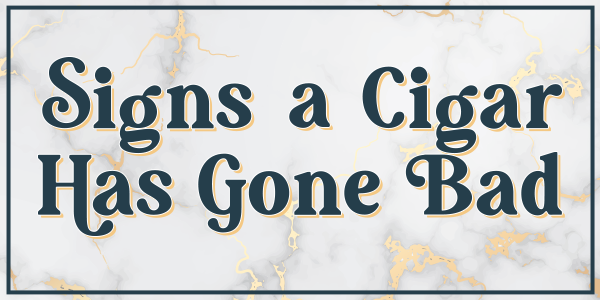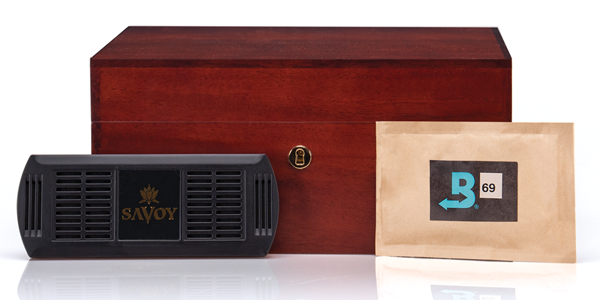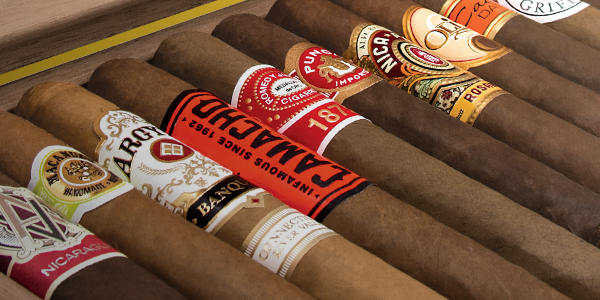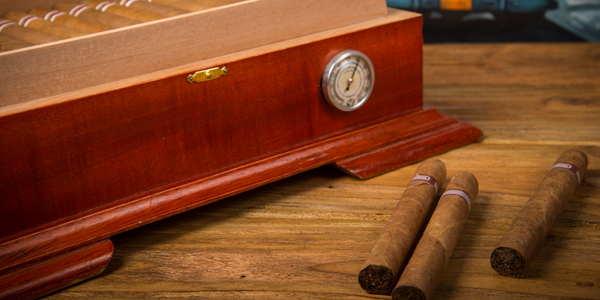Signs a Cigar Has Gone Bad
Cigars are not like vegetables that have an expiration date. Technically, cigars won’t spoil or go stale, but they can dry out due to a lack of humidity, or they can become moldy if they’re over-humidified or exposed to bacteria. As long as you store your cigars in the appropriate conditions – 70% RH (relative humidity) and 70 degrees Fahrenheit – you can age them indefinitely. If you’re new to cigar smoking, there are ways to keep your cigars fresh without a humidor if you haven’t invested in one yet. In the meantime, here are few ways to make sure your cigars are fresh and ready to smoke.
The Pinch Test
The pinch test is the easiest way to ensure a cigar is humidified. Gently squeeze your cigar from the head to the foot. There should be a slight amount of give, but the cigar shouldn’t be too firm or crackle when you press it between your finger and thumb. Be careful not to squeeze too hard or you can crack the wrapper leaf. A cigar that’s dried out will need to be re-humidified before you smoke it. On the other hand, if the cigar is too soft and pliable, it could be over-humidified. You can dry-box an over-humidified cigar, or leave it sit out of the humidor for a day or so to let the humidity dissipate.
Smell the Cigar
Good cigars possess a naturally leathery and woody aroma. In some cases, cigars smell spicy or sweet. The scent of fresh tobacco is distinct, just like a hot cup of coffee. A cigar that’s dried out won’t offer much in the way of aroma because its oils and humidity have dissipated, leaving little for you to encounter when you smell the cigar.
Plume vs. Mold
Cigar plume and cigar mold are two different substances that can affect your cigars, but both can create panic among aficionados who diligently age their favorite cigars. Cigar plume is harmless and appears on a cigar’s wrapper leaf in the form of small white spots that can easily be brushed off. Plume is a sign a cigar has been stored at the correct humidity and temperature and that it’s aging well. Mold is bad; it’s blue-green in color and has a sticky or pasty texture. Mold won’t brush off a cigar, and moldy cigars should be discarded, not smoked. Mold will ruin your humidor and all the cigars inside if not caught and remedied before it spreads. If you suspect you’ve got some moldy cigars, immediately isolate them in a Ziploc bag to monitor their condition or discard them to be safe.
Does the Cigar Draw?
How you cut a cigar can change the airflow when you draw on it but passing air through a cigar shouldn’t be challenging. A cigar that’s over-humidified will deliver a constricted draw. Puffing on a wet cigar requires a lot of extra effort.
How Does the Cigar Taste?
The ultimate determination of a cigar’s freshness is its taste. Dry cigars are bitter, and they will burn hot and fast. The flavor and aroma of a dry cigar is harsh and offensive. A cigar that’s fresh and ready to smoke will deliver smooth and vibrant flavor, often going through complex transitions as you smoke it. When you develop your palate for cigars, you’ll learn to recognize specific flavor profiles from different blends and brands, and you’ll know what to anticipate before you smoke them. If a cigar tastes markedly different from the last time you smoked it, something could be off with its freshness, how it was aged, or its construction. The best cigars are always consistent.






